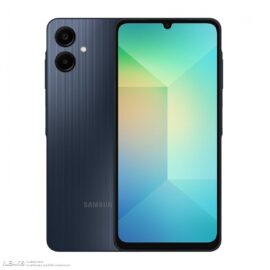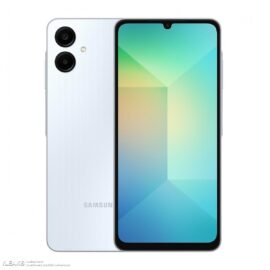Samsung has “Ultra-fied” its smartwatch lineup this year with the Galaxy Watch Ultra. The new model has been launched alongside the Galaxy Watch 7, with which it shares much of its hardware and most of its features, but Samsung hopes to offer enough differentiation in the former to get you to pay $649.
Now that's a lot of money for a smartwatch. You can get a fairly decent conventional watch with an automatic movement for that price. You can even get two of the regular Galaxy Watch 7s with some money left over. Is spending that much on a smartwatch justified? We'll get to the bottom of this in our Galaxy Watch Ultra review.
Design
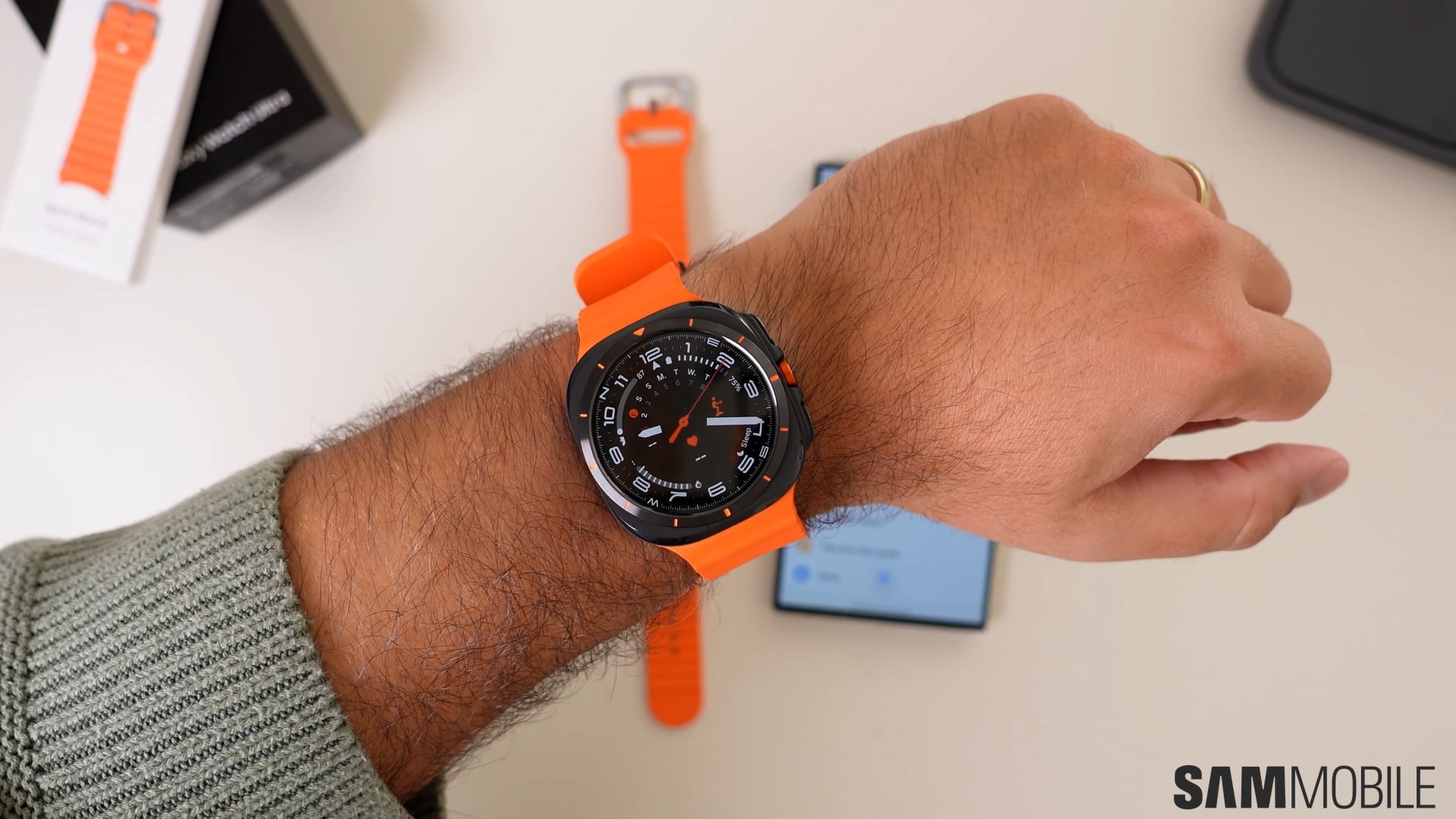
Samsung clearly wanted to go in a different direction for the Galaxy Watch Ultra's design without giving up the circular design that has become synonymous with its smartwatches. So it struck a compromise by fusing a circular display with a squarish chassis.
It kind of reminded me of some Panerai models when I saw it the first time. If executed well, this design language can look amazing. Panerai has done that for decades, and I'm happy to see that Samsung has nailed it.
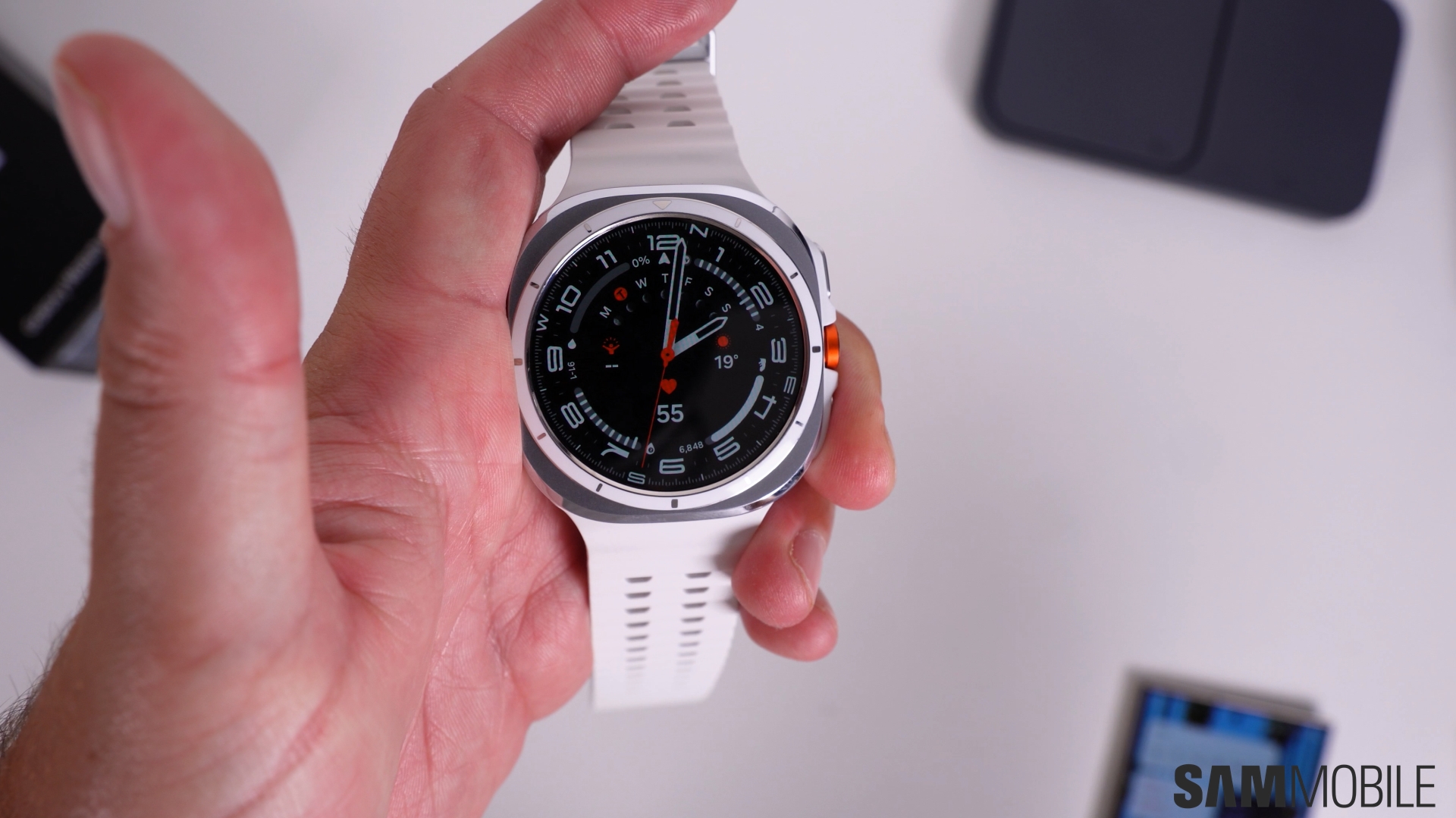
The new design is beefy while also being the most sporty of any Samsung smartwatch yet. The case itself is made from titanium with a sapphire glass. Durability is the name of the game here, with the Galaxy Watch Ultra being IP68-rated for up to 10ATM—100 meters—of water resistance.
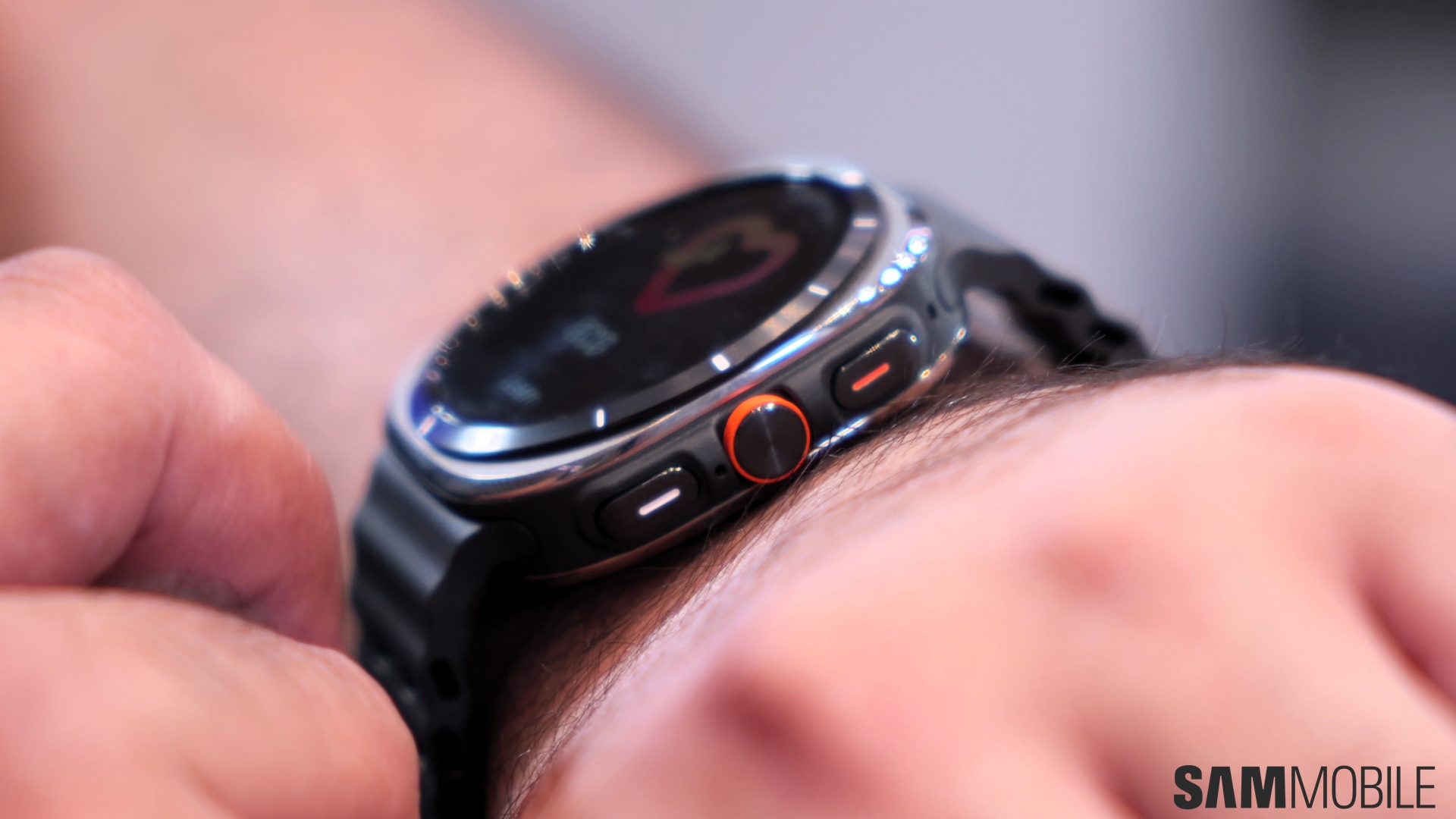
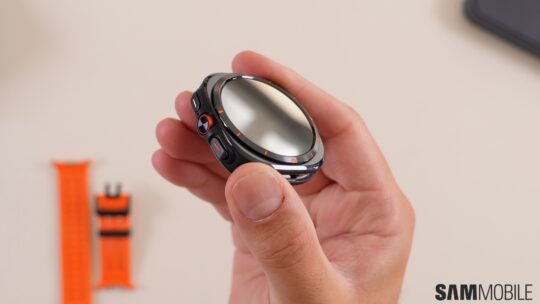
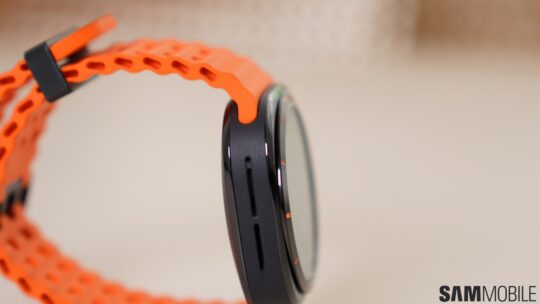
It can also withstand elevations of up to 9,000 meters and temperatures as high as 131 degrees Fahrenheit. To put that into perspective, Mount Everest tops out at 8,849 meters. You could summit the world's tallest mountain wearing the Galaxy Watch Ultra.
I do miss the physical rotating bezel on this smartwatch, but it was likely excluded due to durability concerns. The design will feel a bit nostalgic to long-time users of Samsung's smartwatches, as it also reminded me of the Galaxy Frontier.
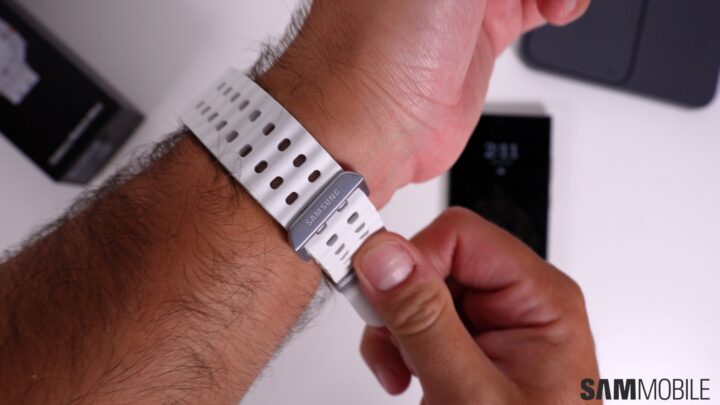
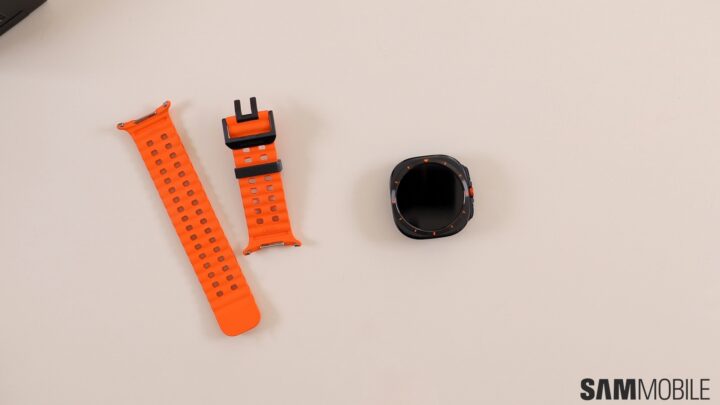
No other smartwatch has given me a similar sporty and bulky look since that 2016 model. The only thing I don't like is that it's a bit too thick to go to sleep with. But that is a matter of personal preference — I never liked going to bed with a smartwatch on, which is why I love the Galaxy Ring so much.
You could summit Mount Everest with the Galaxy Watch Ultra
The Galaxy Watch Ultra is only available in the 47mm size, which may be a bit too big for many people. I feel that there should be a smaller model with the same design cues. Nonetheless, I love how the Galaxy Watch Ultra looks and how it stands out.
There's a new orange-hued Quick Button that you can assign a function to, such as launching a workout, switching on the flashlight, or triggering the SOS siren that's quite punchy at 85 decibels.
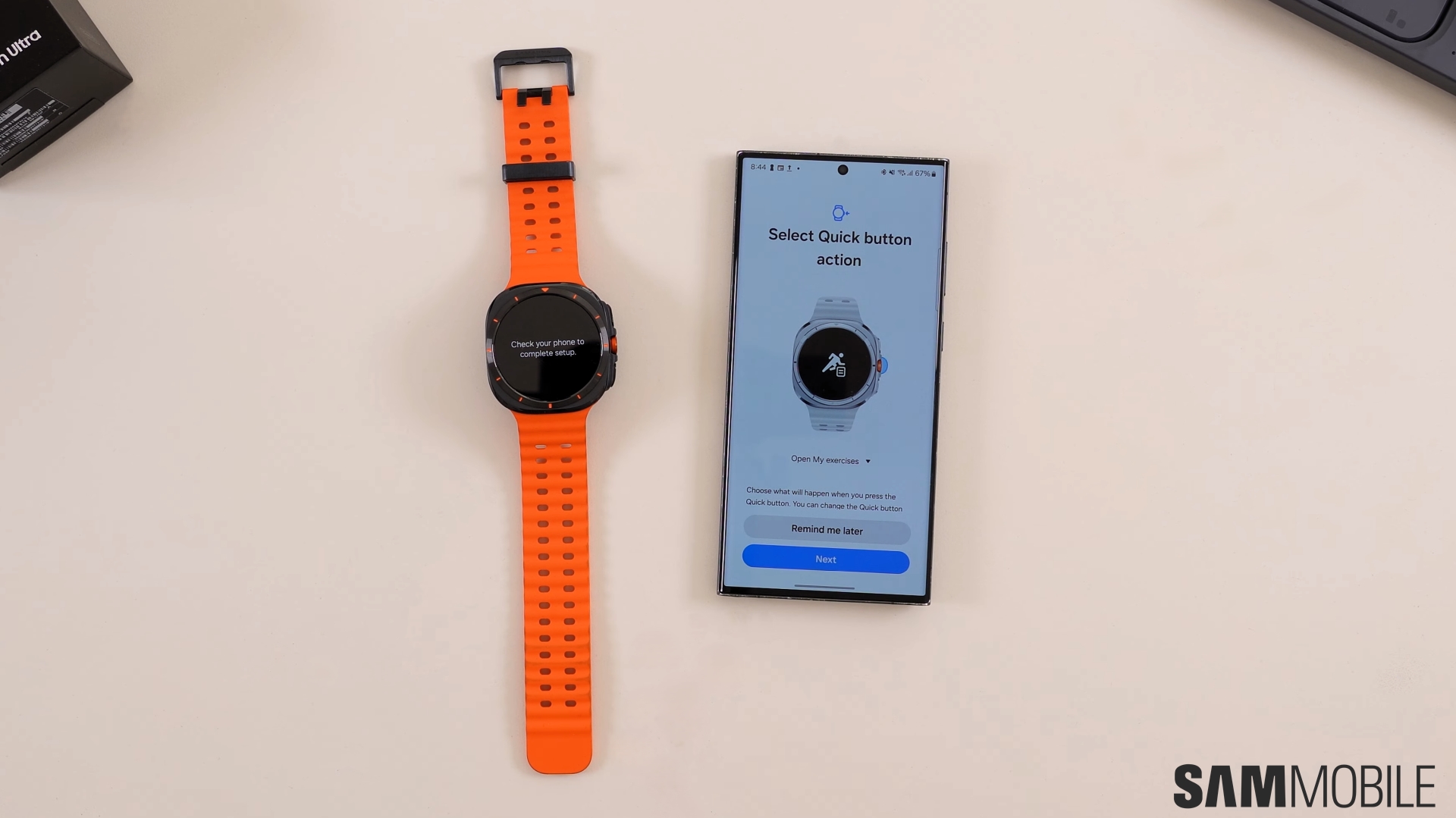
It's another reminder of the idea behind this product, as it's surely much easier to activate the safety siren when you're in a tough spot by simply pressing a button instead of having to fiddle with different menus on the display, especially when you've got gloves on. I hope that Samsung will make it possible to do a lot more with this button, such as dialing a preferred contact, launching a SmartThings Routine, getting a quick heart rate reading, etc.
In keeping with the overall aesthetic of this device, the watch straps are similarly sporty, and easily interchangeable. The new watch bands are available in nice, bright colors that complement the titanium finish very well.
Performance
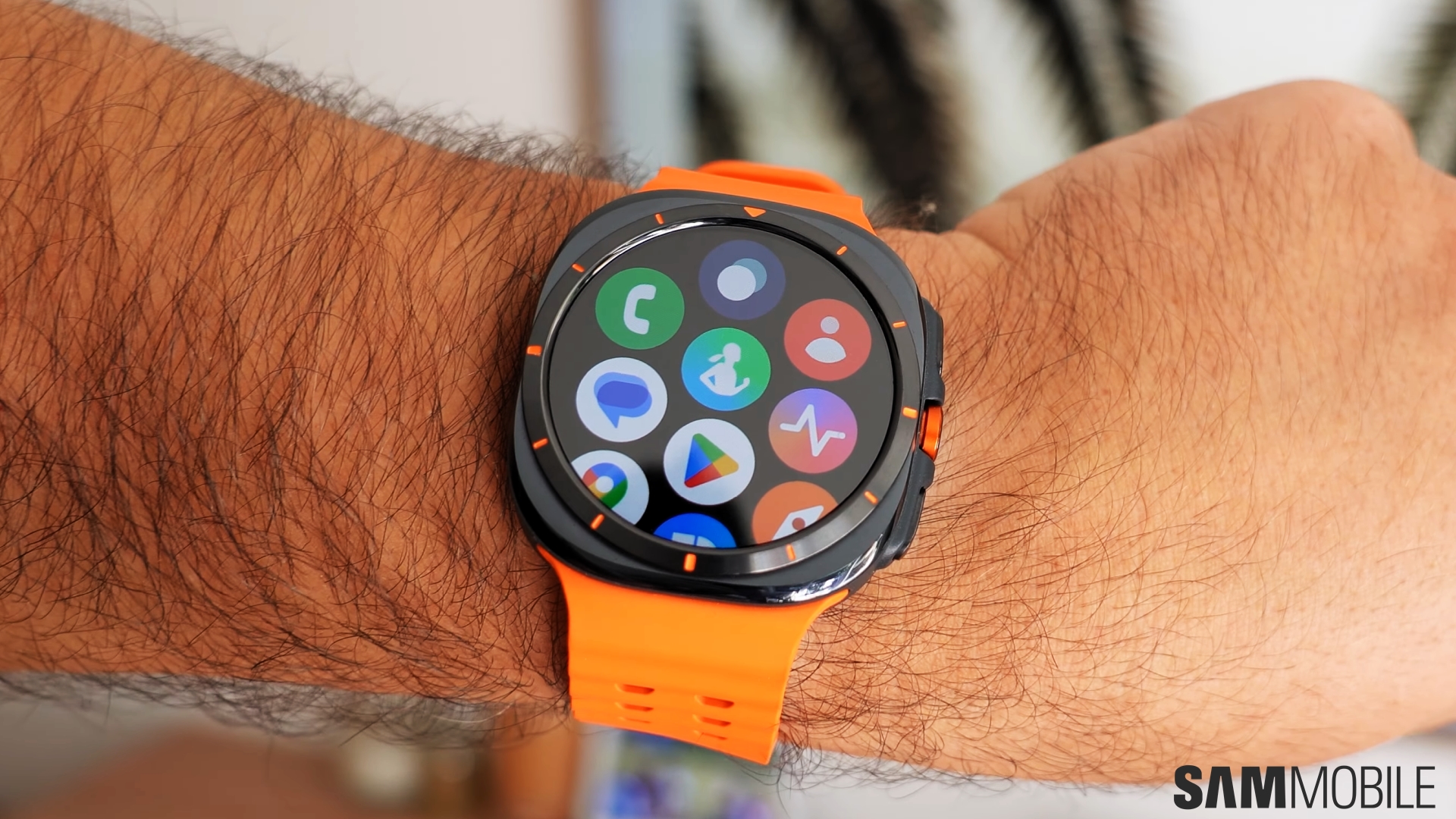
The Galaxy Watch Ultra has the same internal specs as the Galaxy Watch 7. Both feature the new 3nm Exynos W1000 chipset, 2GB of RAM and 32GB of storage. They have the same new BioActive sensor that does the heavy lifting for health and fitness tracking. So as far as performance is concerned, there's nothing differentiating the two.
The dual-band GPS merits mentioning as it improves path tracking for a variety of activities in the outdoors. Track Back, a feature first introduced with the Galaxy Watch 5 Pro, is also included. It guides you right back to where you started the workout from, which is very useful if you're on a hike and want to return to the starting point, for example.
Samsung's best-performing smartwatch to date
Samsung's got the hang of making the software and hardware play nice on its smartwatches, and it's a similar story on this new model. Navigating the interface feels swift and smooth. There's no lag when launching apps, and fitness tracking features fire up quickly. Evidently, there hasn't been a Galaxy Watch before this that has provided this level of performance.
The marriage of convenience between Android-based Wear OS and Samsung's One UI is well and truly thriving. One UI brings an air of familiarity to the look and feel, thus eliminating the learning curve for anyone upgrading from an earlier model, while Wear OS provides unmatched support for apps.
It merits mentioning that some of the more useful features, such as Energy Score, only work when the smartwatch is paired with a Samsung phone.
Display
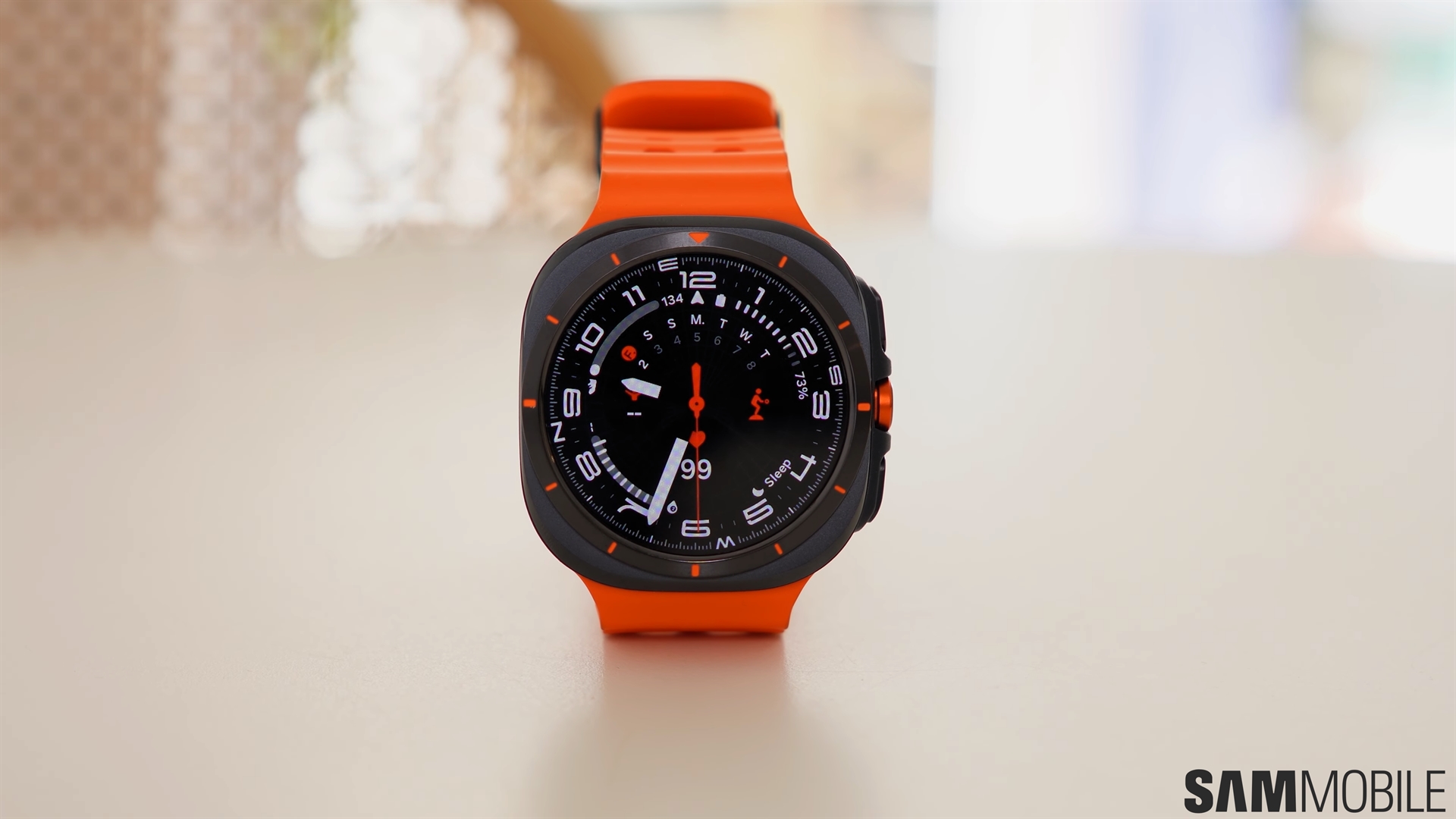
The 1.47-inch 480 x 480 resolution panel is the brightest display Samsung has ever put on a smartwatch. It tops out at 3,000 nits, one of the highest in the industry.
The sun can't faze the Galaxy Watch Ultra's display
The sapphire crystal glass protects it very well, so you can push as hard as you like on your extreme outdoors adventures with the peace of mind that the display cracking is the least of your worries.
Since this is meant to be worn primarily in the great outdoors, the ability to hit that level of peak brightness helps make it much easier to see the display even under the bright sun.
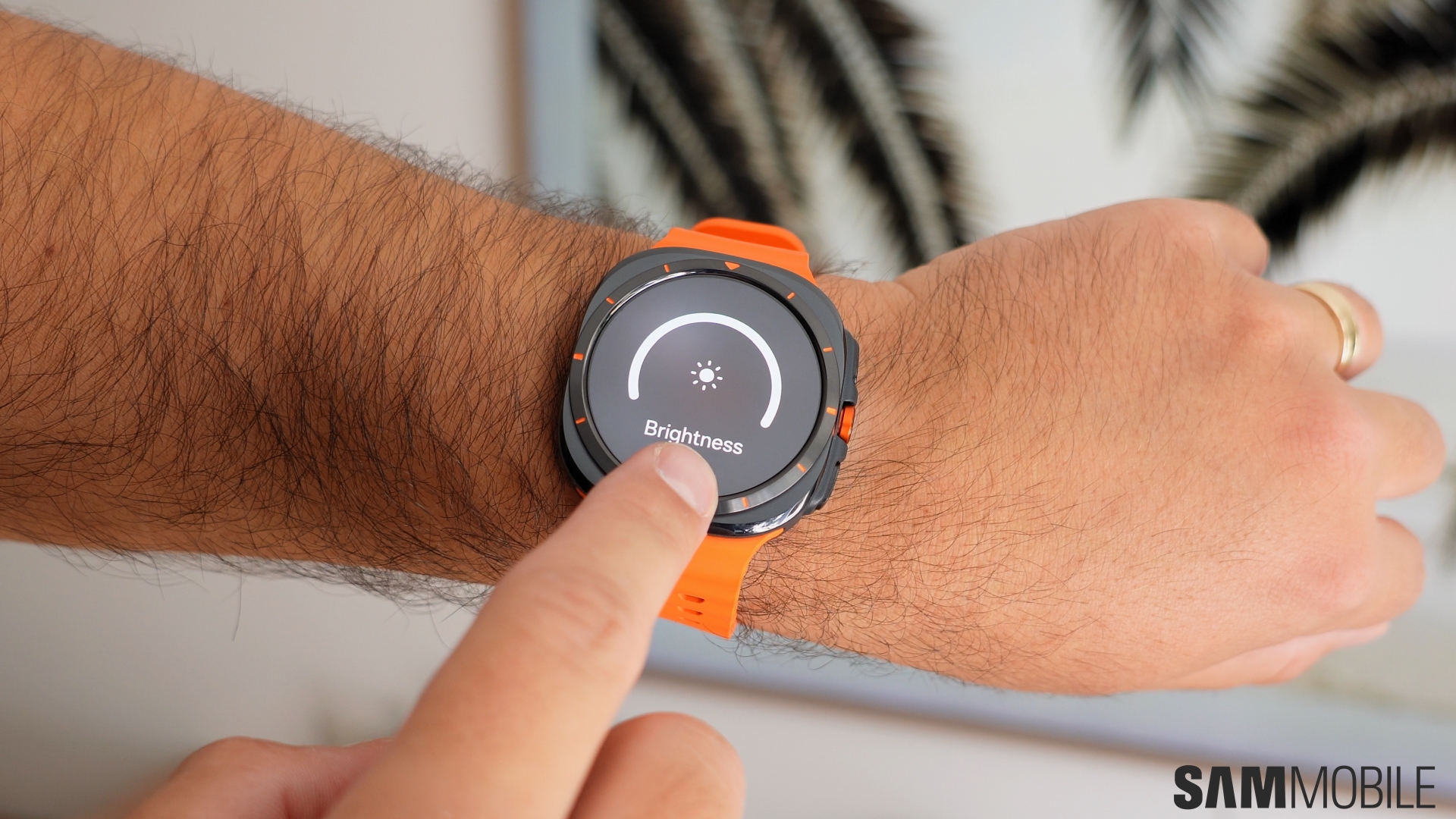
While we didn't scale any mountains or hike trails through the clouds, it can be said with reasonable certainty that the display would ensure ample visibility even when the climate conditions allow little.
Health and fitness
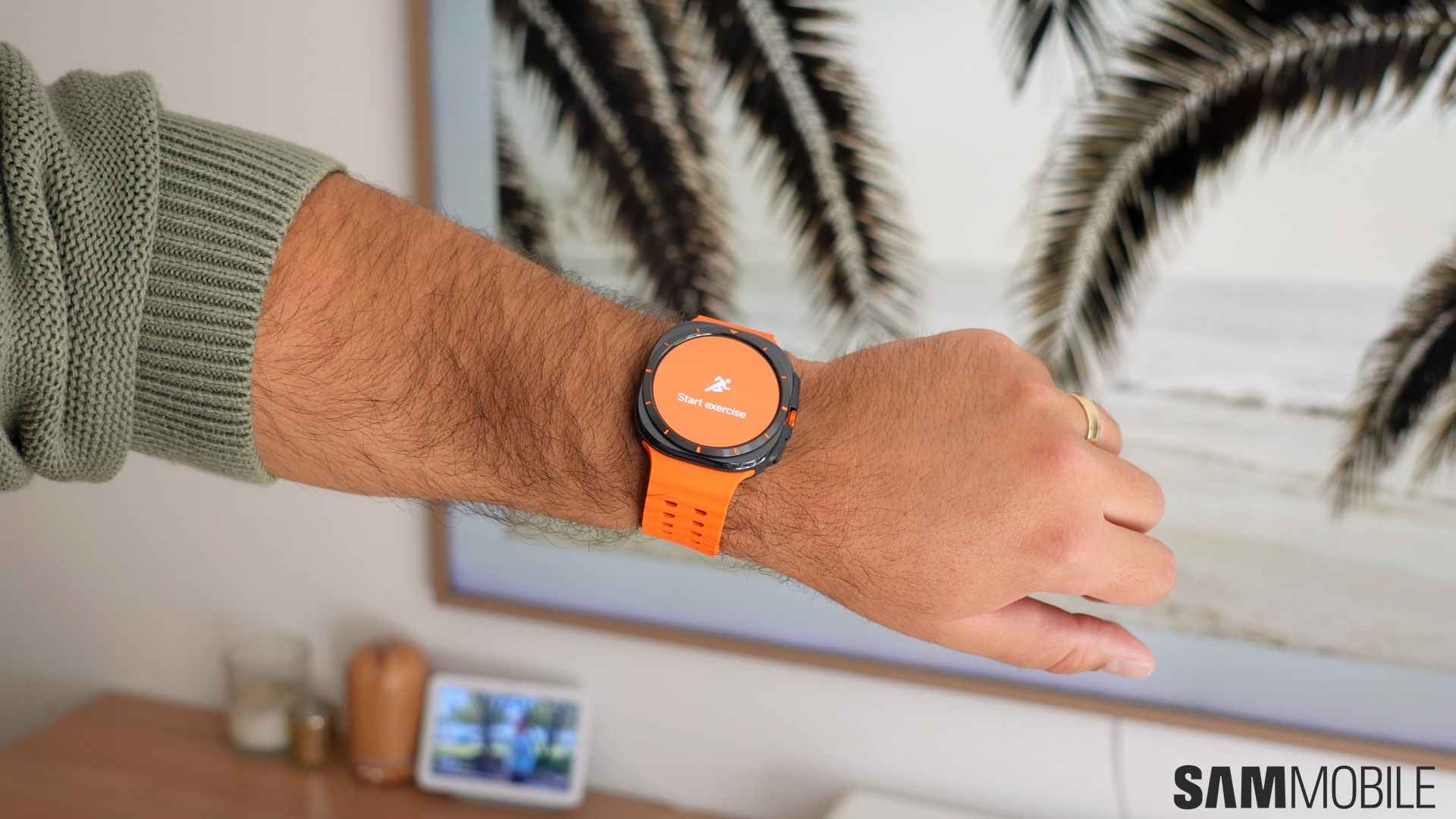
The Galaxy Watch Ultra is a very capable health and fitness tracker. The new BioActive sensor can track all the metrics you expect from a Samsung smartwatch—heart rate, blood pressure, blood oxygen, body composition, heart rate zones, sleep, and more—with enhanced accuracy.
There's also auto workout detection for dozens of exercises. Certain exercises, such as walking, running, and cycling, demonstrated a high degree of accuracy in tracking. However, the accuracy diminished when attempting to track exercises like crunches, lunges, push-ups, and planking.
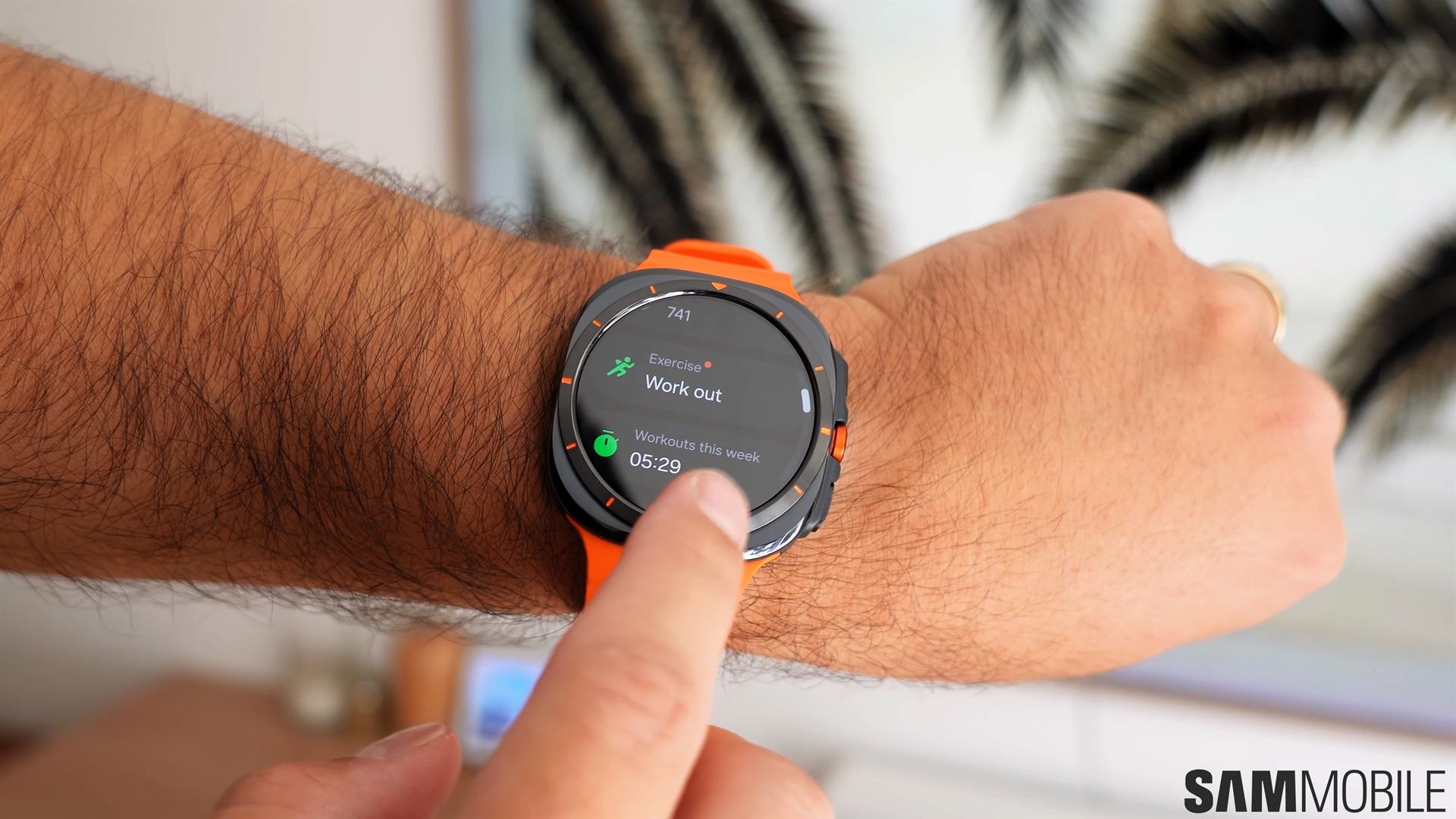
The Multi-Sport Tile is a new addition to create and track your own workout routine. It has the potential to be a truly exceptional tool. It's restricted to a limited number of common exercises and supports a maximum of three workouts, but its user-friendly interface makes it accessible to a wide range of users.
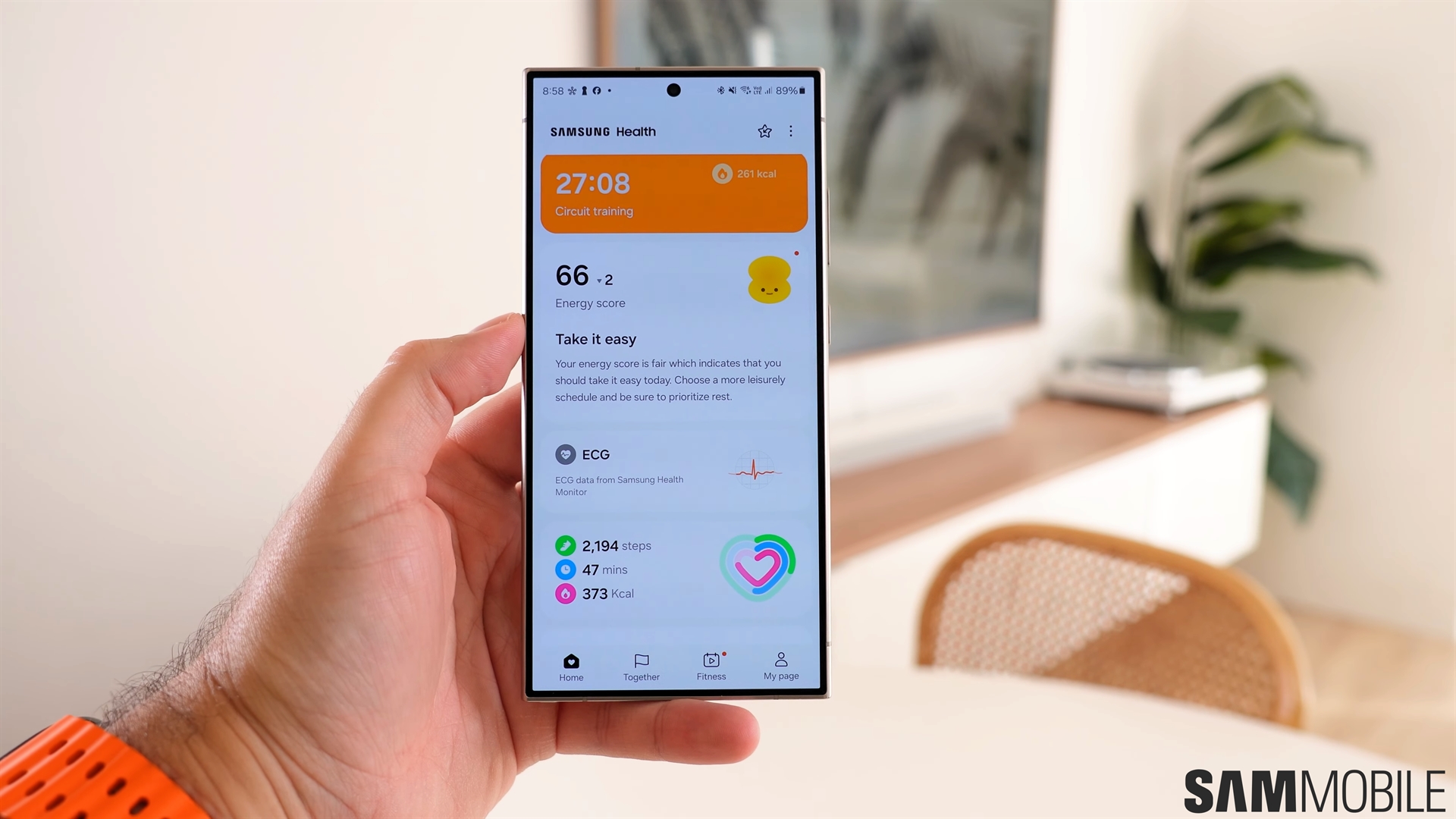
Samsung could further enhance the tile's capabilities by expanding the variety of exercises it supports and enabling personal trainers to create and assign customized workout plans to their clients through Samsung Health. Additionally, the tile could facilitate the sharing of workout data with personal trainers, allowing them to provide feedback and optimize future workouts.
There's almost every health and fitness tracking feature under the sun
Functional Threshold Power metrics are a great addition for serious cyclists who want in-depth data to improve their performance. The feature doesn't turn the Galaxy Watch Ultra into a bona fide bike computer. But it provides good enough insights to help cyclists hit their peak performance.
Also new on the Watch Ultra is the Advanced Glycation End Products Index. It factors in various datapoints to signal potential health risk. But this can end up being confusing for someone who has little knowledge of their genetic predisposition to certain diseases that AGEs index can indicate. There's not much in the way of context either, so if the index seems troubling, speaking with a doctor would be the more appropriate course of action.
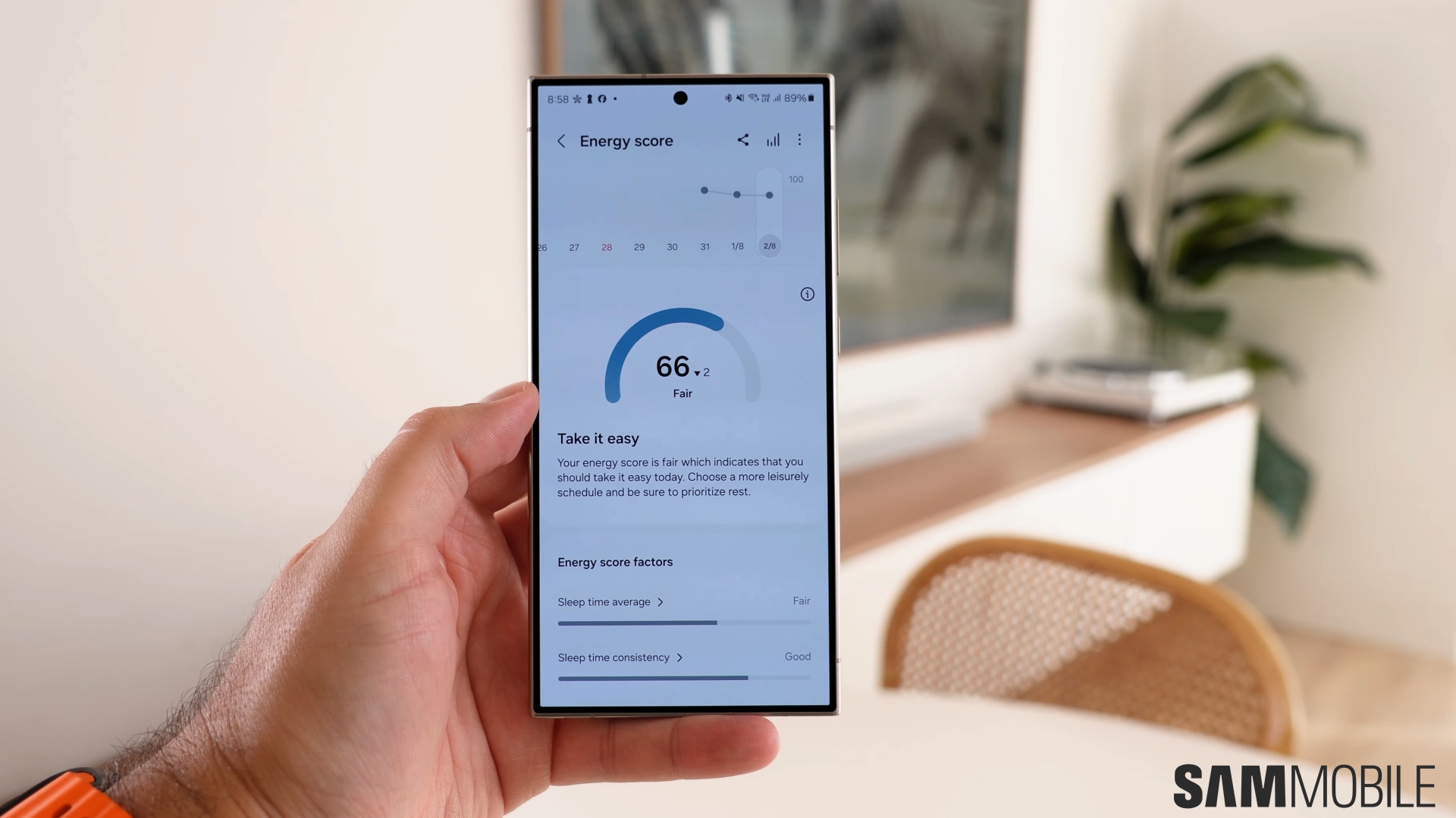
Samsung's smartwatches are pretty good at sleep tracking and the Galaxy Watch Ultra is no different. It provides a great breakdown of the various sleep stages. The watch can detect snoring and provides sleep coaching to help you get more restful sleep. It's also the first smartwatch of its kind authorized for sleep apnea detection in the US.



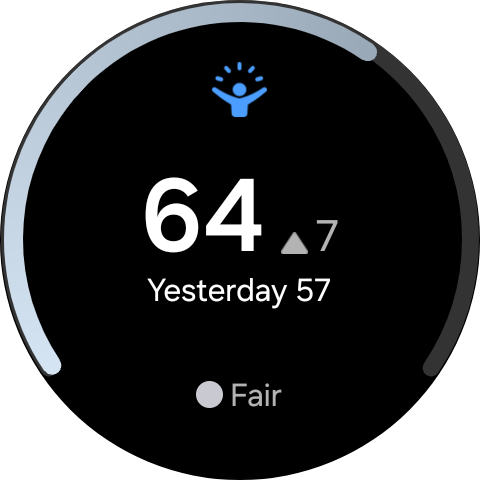
The Samsung Health gets all the data and calculates your Energy Score. It's a metric that provides an overview of your body's overall state. Wellness Tips provide personalized recommendations to make targeted improvements. It doesn't work quite as well as it could, but that could be due to the AI requiring more time to understand the user, so it's better to give it some time to get the true lay of the land.
Battery life
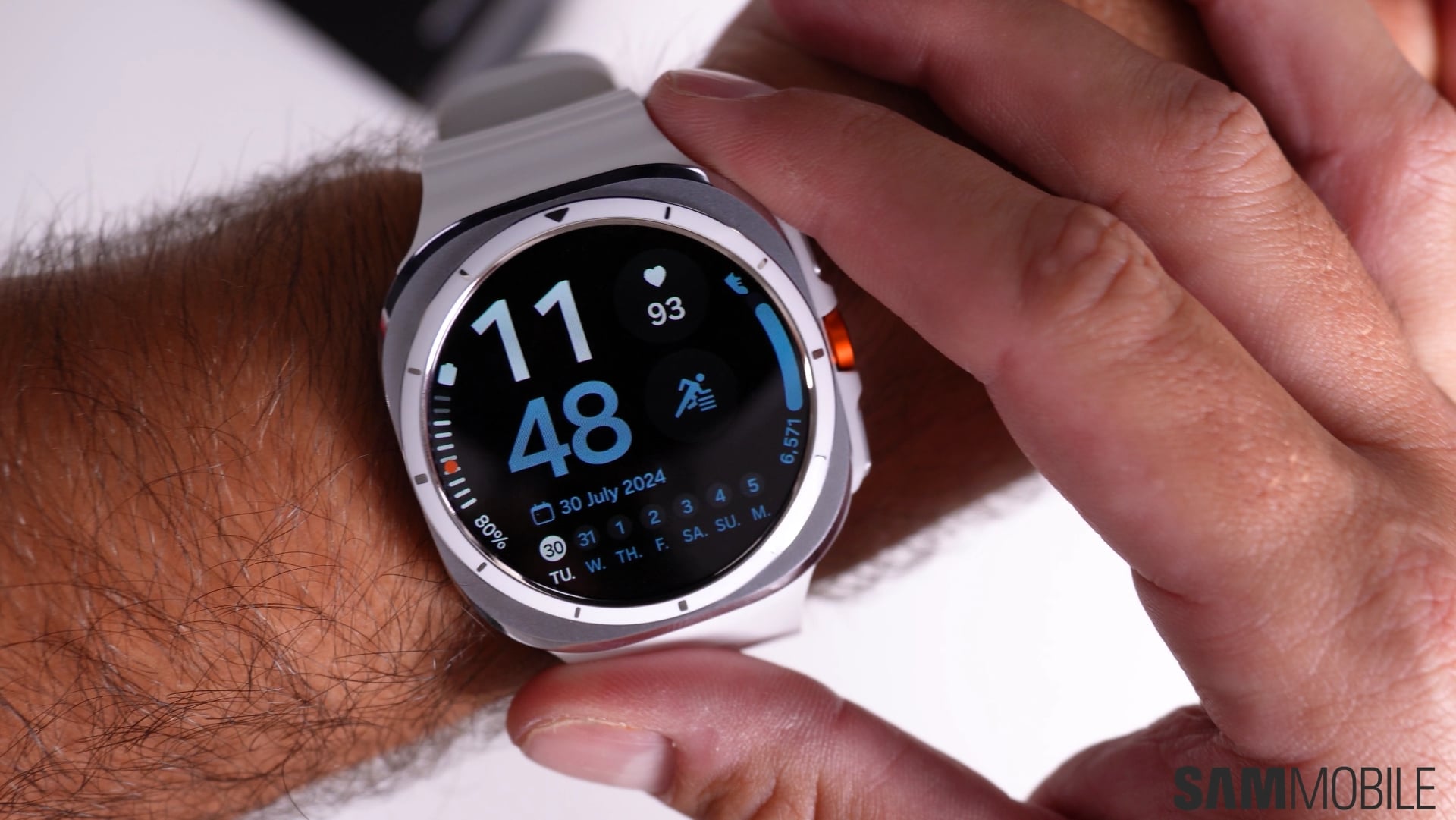
There's a beefy 590mAh battery in the Galaxy Watch Ultra. It's one of the main reasons to buy this model over the more affordable Galaxy Watch 7. We were consistently able to get two days and two nights of use on a single charge, which is impressive. You can extend it further in Power Saving mode which just about stretches it to a third day and change.
Good for most users, could be better for some
Is that enough, though, for the target demographic that Samsung is aiming this smartwatch at? It won't last through serious multi-day hikes or mountain scaling expeditions, at least with the full extent of its capabilities enabled, so you'll need to carry a power source on those adventures.
It's also unfortunate that the Galaxy Watch Ultra doesn't support reverse wireless charging from Samsung phones. That makes it impossible to borrow juice from the smartphone should you need it.
However, most people who buy this smartwatch probably won't be indulging in such extreme activities. So, the two-day battery life will be more than good enough for them. Those who do take part in such activities will feel that there's room for improvement here.
Verdict
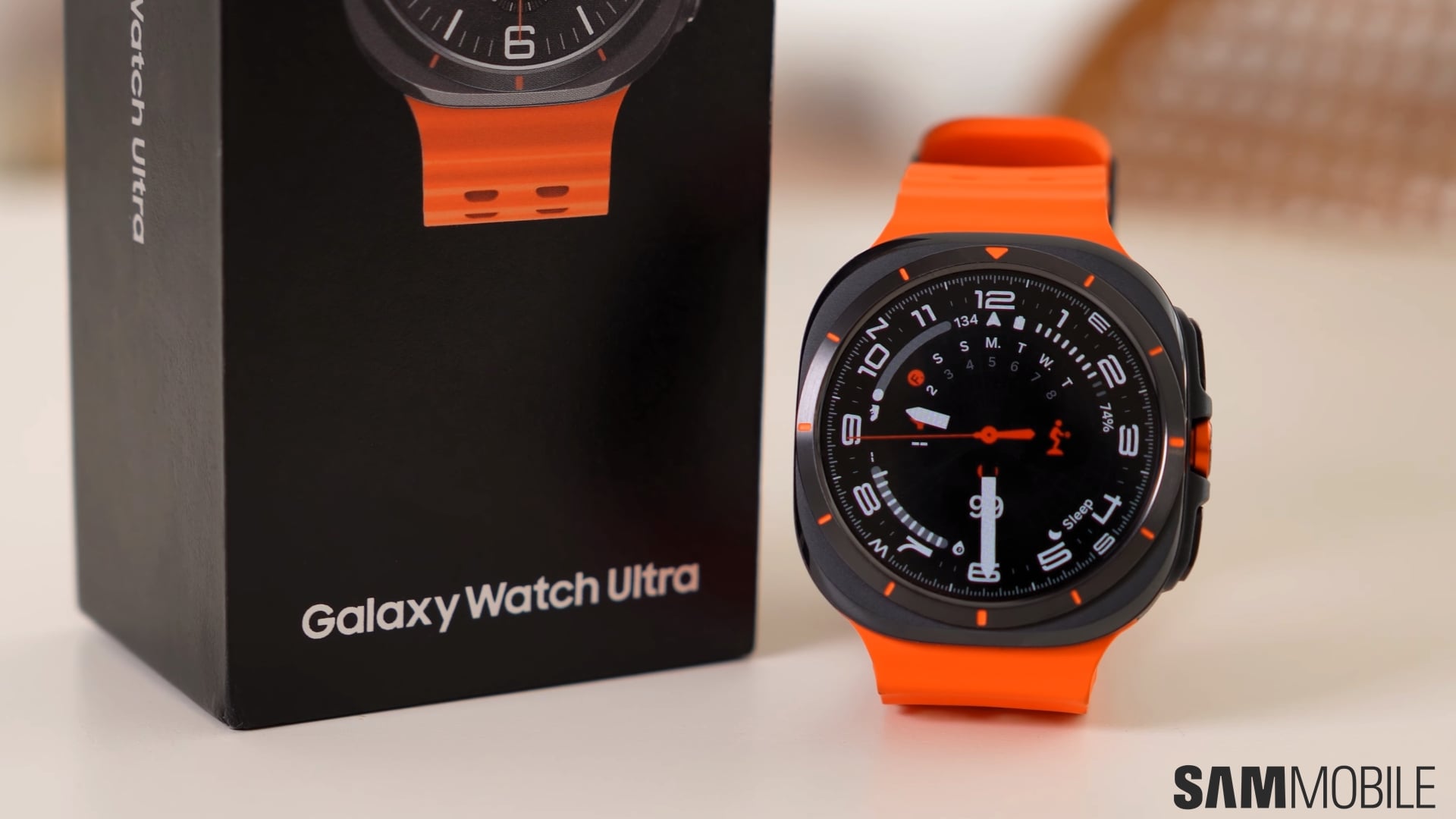
Is it really worth spending $649 on the Galaxy Watch Ultra? The answer is no for most people. This watch isn't Ultra enough in all the ways that it needs to be.
Take away its ability to withstand extreme operating environments that the majority of buyers won't find themselves in, and you're left with a smartwatch that has the same chipset, BioActive sensor, Galaxy AI features, and software experience as the model that's less than half the price.
What you're paying a premium for are the looks. If you like it that much, there won't be a better smartwatch for you. It's an absolute must buy for someone with a lifestyle that can take advantage of all the Ultra features. Otherwise, you're better off getting the Galaxy Watch 7.
The post Galaxy Watch Ultra review: Awesome, but not ‘Ultra’ enough appeared first on SamMobile.

